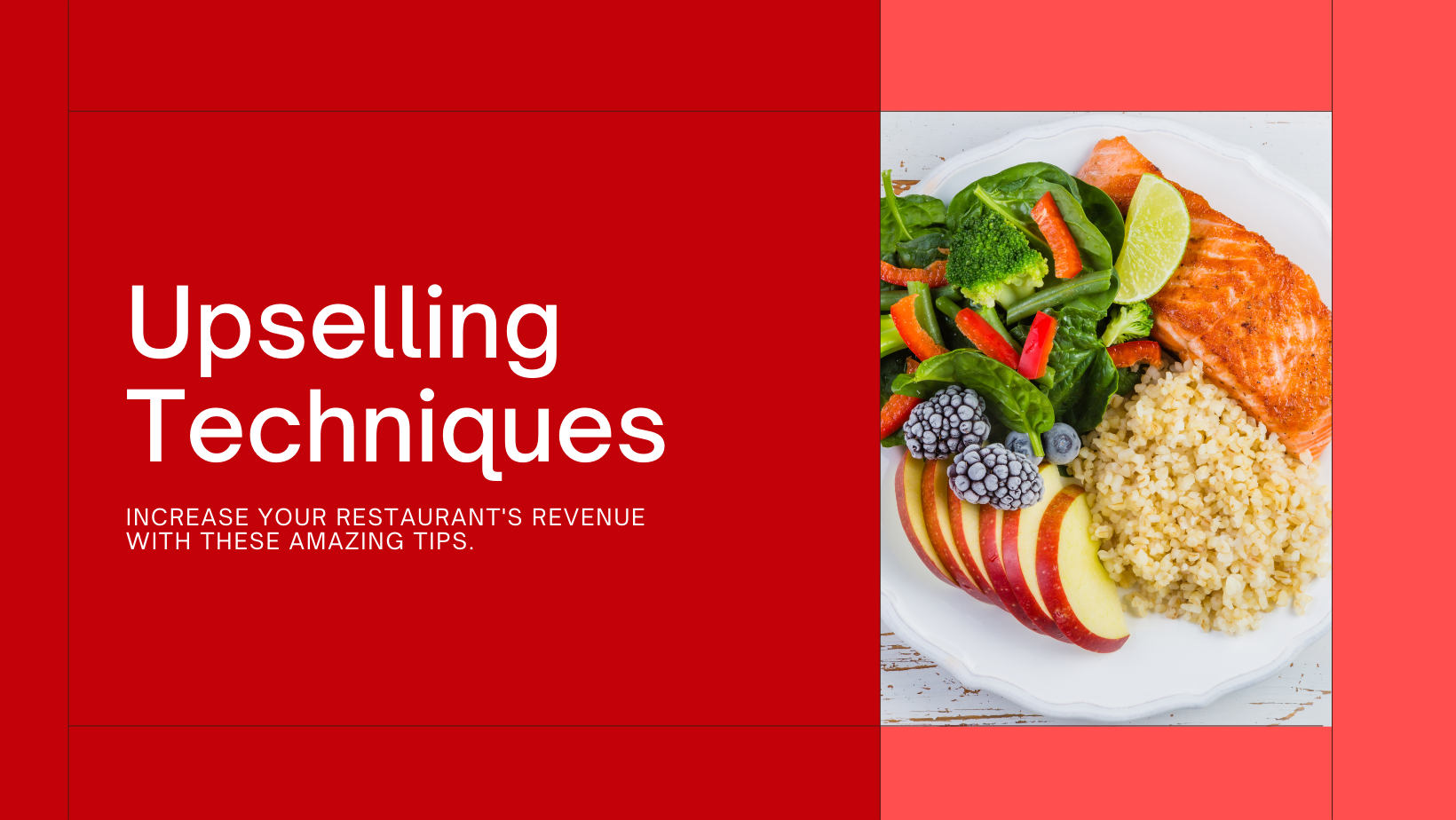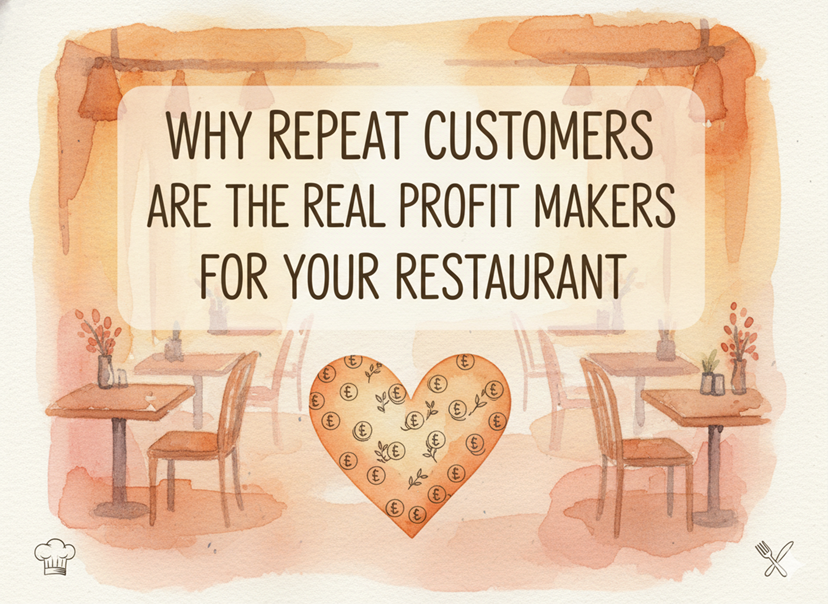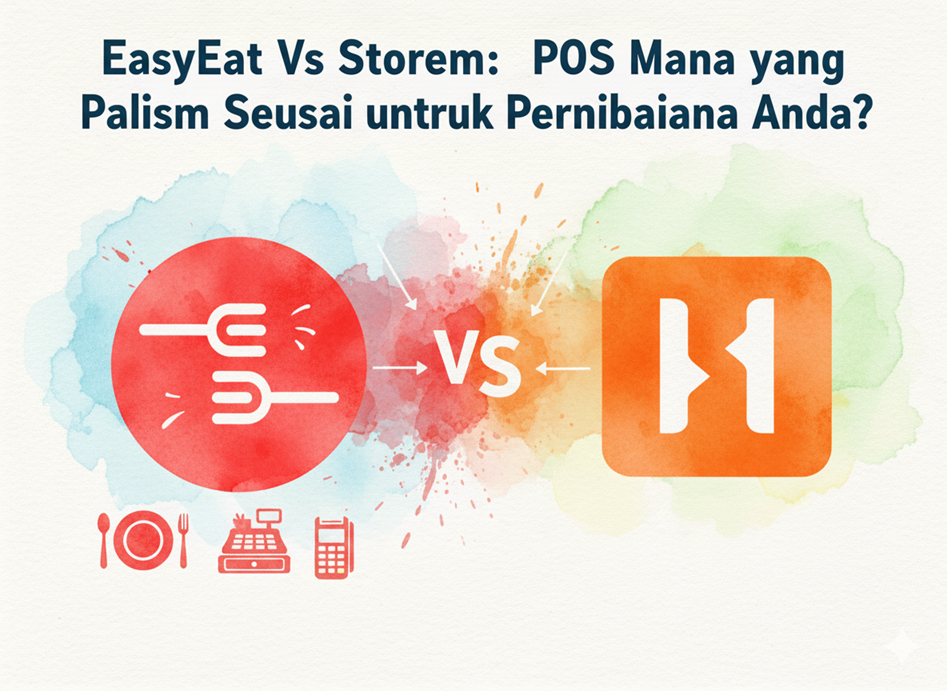In today’s competitive restaurant landscape, finding innovative ways to increase revenue is essential for sustained success. Among the myriad strategies available, one stands out for its effectiveness: upselling. By encouraging customers to explore additional menu items or upgrades, restaurants can significantly boost their bottom line. In this article, we delve into the art of upselling, providing actionable techniques supported by real-world examples and data to help restaurants thrive in the ever-evolving industry.
Train Your Restaurant’s Staff
Training your staff is essential for effective upselling. Provide comprehensive training sessions that focus on the art of suggesting additional items without being pushy. Emphasize the importance of understanding the value and quality of upsell items so that your staff can effectively communicate these benefits to customers. Role-playing exercises and real-life scenarios can help staff members hone their upselling skills and build confidence in recommending additional menu items.
Use Suggestive Selling Techniques
Suggestive selling involves subtly guiding customers toward additional purchases through suggestive language and recommendations. Train your servers to use phrases like “Would you like to try our chef’s special?” or “Can I interest you in our house-made dessert?” to gently encourage upsells. Highlighting special menu items or offering alternatives and upgrades can further enhance the upselling process by providing customers with enticing options to consider.
Create Enticing Visuals
Visual appeal is a powerful tool for driving upsells. Incorporate high-quality images of upsell items in your menus to grab customers’ attention and showcase the delicious offerings available. Additionally, utilize attractive signage or digital displays within your restaurant to promote upsell options effectively. Investing in visually appealing food presentations, such as garnishes and plating techniques, can also pique customers’ interest and encourage them to explore additional menu items.
Bundle Deals
Bundle deals offer customers added value by combining multiple items or services for a slightly higher price. Create combo meals or special packages that include popular menu items or complementary offerings. Communicate the savings and benefits associated with bundled deals to entice customers to upgrade their orders. Bundle deals can appeal to customers seeking convenience and value, making them an effective upselling strategy for restaurants.
Special Promotions
Introducing special promotions and limited-time offers can create a sense of urgency and drive upsells. Consider offering discounts, free add-ons, or exclusive menu items to incentivize customers to explore additional options. Leverage social media platforms, email marketing, and other digital channels to promote these promotions and generate excitement among your customer base. By creating a buzz around special promotions, you can encourage customers to indulge in upsell items and boost your restaurant’s revenue.
Provide Personalized Recommendations
Understanding your customers’ preferences is key to delivering personalized upsell recommendations. Train your staff to gather and utilize customer data and feedback to tailor their suggestions accordingly. Whether it’s recommending wine pairings based on a customer’s favorite dish or suggesting side dishes that complement their chosen entrée, personalized recommendations can enhance the overall dining experience and increase the likelihood of upsells. By demonstrating attentiveness to individual preferences, you can build rapport with customers and encourage repeat business.
Enhance the Dining Experience
Elevating the dining experience can create opportunities for upselling premium amenities or services. Consider offering exclusive seating options, personalized attention from staff, or additional perks such as complimentary appetizers or desserts. By providing customers with a VIP experience, you can incentivize them to indulge in upsell offerings and enhance their overall dining experience. Cultivate a warm and inviting atmosphere within your restaurant to encourage customers to linger and explore additional menu options, further driving upsells and increasing revenue.
FAQs
- How can restaurants measure the effectiveness of their upselling techniques over time, and what key performance indicators (KPIs) should they track to assess success?
Restaurants can gauge the effectiveness of their upselling techniques by monitoring various key performance indicators (KPIs) over time. These KPIs may include the average check size per customer, the percentage of customers who opt for upsell items, and the overall increase in revenue attributed to upselling efforts. By analyzing these metrics regularly, restaurants can gain insights into the success of their upselling strategies and identify areas for improvement. Additionally, feedback from customers and staff can provide valuable qualitative insights into the effectiveness of upselling techniques.
- Are there any potential drawbacks or challenges associated with implementing upselling strategies in restaurants, and how can these be addressed or mitigated?
While upselling can be a powerful tool for increasing revenue, there are potential challenges and drawbacks that restaurants may encounter. One common challenge is striking the right balance between upselling and providing excellent customer service. Overly aggressive upselling tactics can come across as pushy or insincere, leading to a negative dining experience for customers. To address this, restaurants should focus on training staff to employ subtle and genuine upselling techniques that enhance the customer experience rather than detract from it. Additionally, maintaining transparency about pricing and ensuring that upsell items genuinely add value for customers can help mitigate any potential backlash.
- In what ways can restaurants tailor their upselling approaches to different customer demographics or dining occasions, such as families dining out versus couples on a romantic date?
Tailoring upselling approaches to different customer demographics and dining occasions is crucial for maximizing effectiveness. For example, families dining out may be more interested in value-oriented bundle deals or kid-friendly menu options, while couples on a romantic date may be more receptive to premium wine pairings or indulgent dessert options. Restaurants can leverage customer data and feedback to understand the preferences and purchasing behaviors of different customer segments and tailor their upselling strategies accordingly. By offering personalized recommendations and promotions that resonate with specific demographics and occasions, restaurants can increase the likelihood of successful upsells and enhance the overall dining experience for customers.
In summary, each of these upselling techniques plays a crucial role in maximizing restaurant revenue and enhancing the overall dining experience for customers. By investing in staff training, utilizing suggestive selling techniques, creating enticing visuals, offering bundle deals and special promotions, providing personalized recommendations, and enhancing the dining experience, restaurants can effectively drive upsells and unlock new avenues for revenue growth in a competitive market. Use a POS system that suggests items to the customers based on their previous orders.




